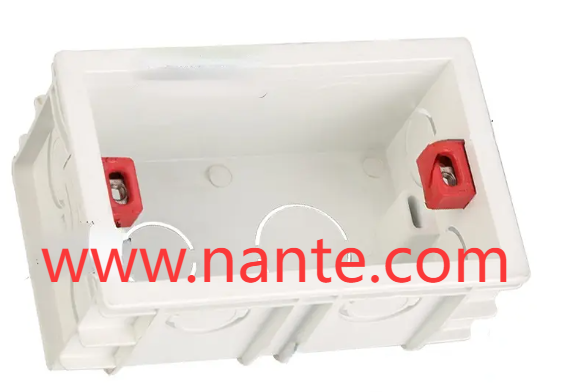In an environment defined by shifting tariffs and cross-border restrictions, the Portable Distribution Box emerges as a symbol of supply chain resilience, enabling manufacturers to maintain consistent power delivery regardless of sourcing challenges. As trade tensions spark a renewed emphasis on localized production, companies are rethinking every link in their logistics networks—from raw material procurement to final assembly. By integrating compact, versatile power distribution units into nearshore and on-site facilities, operations can pivot quickly, avoiding disruptions caused by import delays or sudden policy changes.
Global manufacturers have long relied on centralized fabrication hubs, but recent geopolitical frictions have exposed vulnerabilities in long-haul shipping and complex vendor relationships. In response, many brands are investing in regional production centers equipped with modular distribution gear. These compact power boxes support rapid reconfiguration of assembly lines, allowing lines to scale up or down based on real-time demand. With plug-and-play connectors and standardized mounting rails, power infrastructure can follow shifting workloads, preserving uptime even as factory footprints evolve.
Simultaneously, the rise of nearshoring—relocating production closer to end markets—has reshaped capital allocation. Forward-thinking enterprises establish micro-factories in target regions, reducing lead times and bolstering uniform quality standards. Deploying agile power distribution solutions in these facilities minimizes engineering overhead: technicians can swap circuit modules without rewiring entire bays, accelerating deployment of new product variants and responding to localized customer needs.
Sustainability goals also drive this transformation. By situating fabrication near consumer clusters, carbon emissions from freight shrink dramatically. Portable power units crafted from recyclable materials and energy-efficient components further reduce environmental footprints. Facilities powered by renewable sources—solar arrays or small wind turbines—leverage these distribution boxes to deliver clean, reliable energy to critical processes, underscoring a commitment to eco-responsible manufacturing.
Risk management takes on new urgency as businesses brace for extreme weather, cyber-threats, and fluctuating market dynamics. Industrial parks vulnerable to natural disasters can install hardened power distribution modules on elevated platforms, ensuring backup generation remains online during grid outages. Cyber-secure firmware within modern units guards against unauthorized access, so localized plants can stay productive even when primary data links are compromised.
Collaboration between engineering and operations teams accelerates change. Digital twins—virtual replicas of production systems—simulate how new distribution layouts perform under various scenarios, from rolling blackouts to sudden demand spikes. Once validated, field engineers replicate the optimized power network using standardized portable boxes, reducing project timelines and eliminating costly field modifications.
Labor considerations also play a role. In regions where specialized electricians are scarce, the simplicity of modular power systems empowers general technicians to handle basic installation and maintenance. Color-coded terminals, intuitive cable locks, and comprehensive documentation democratize deployment, cutting training burdens and supporting rapid scale-ups.
As part of a broader Industry 4.0 strategy, smart sensors embedded in distribution units relay performance metrics—load balance, voltage stability, fault events—to centralized dashboards. AI-driven analytics forecast maintenance needs and identify bottlenecks before they impact throughput. When a circuit shows early signs of overload, automated controls can reroute power flows to auxiliary modules, preserving critical lines and preventing unplanned downtime.
For manufacturers committed to agility in the face of trade shifts and regional realignment, embracing portable, durable, and intelligent power infrastructure is no longer optional. Discover how these solutions can future-proof your operations and support dynamic, localized production at https://www.nante.com/ .

